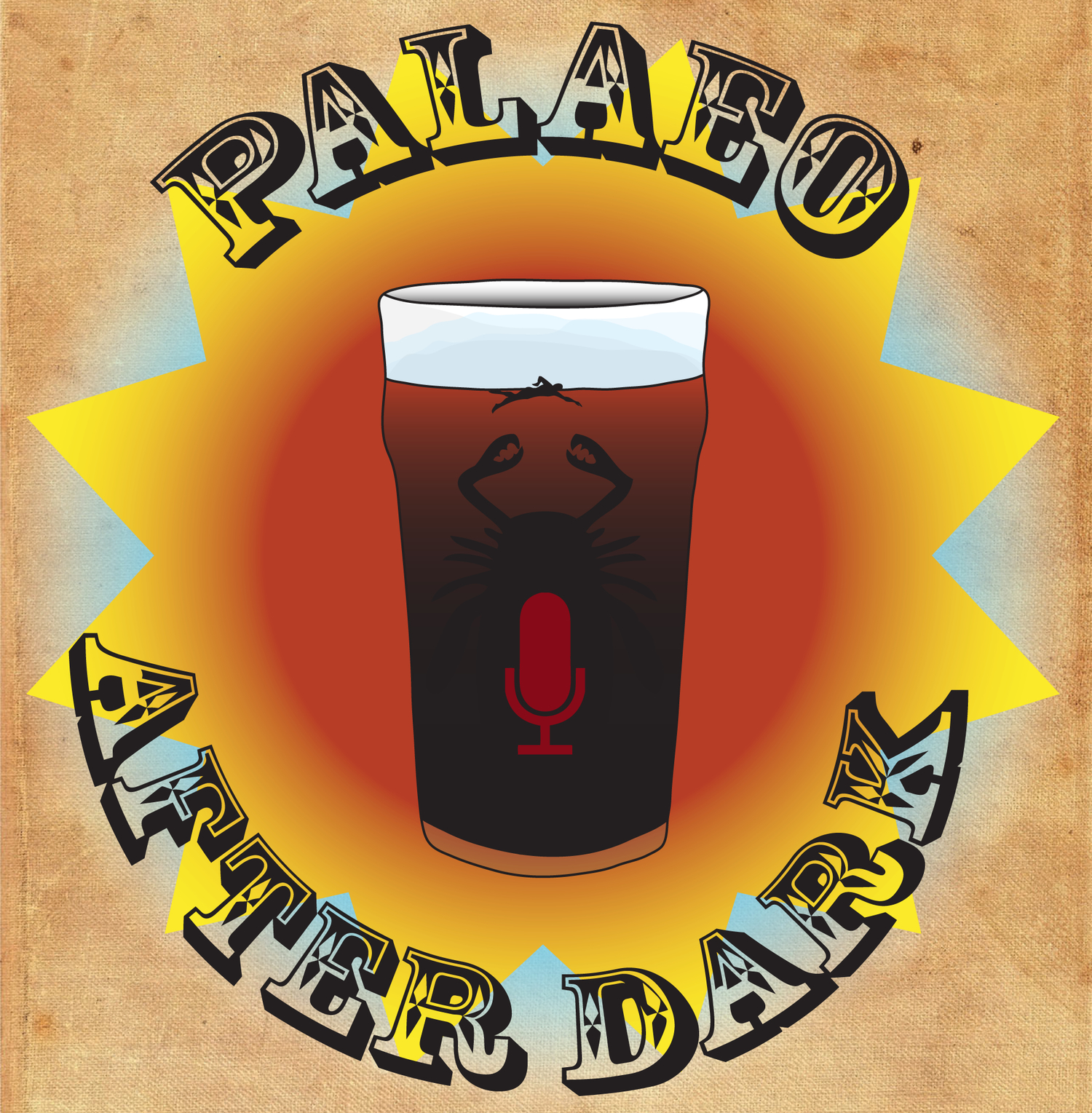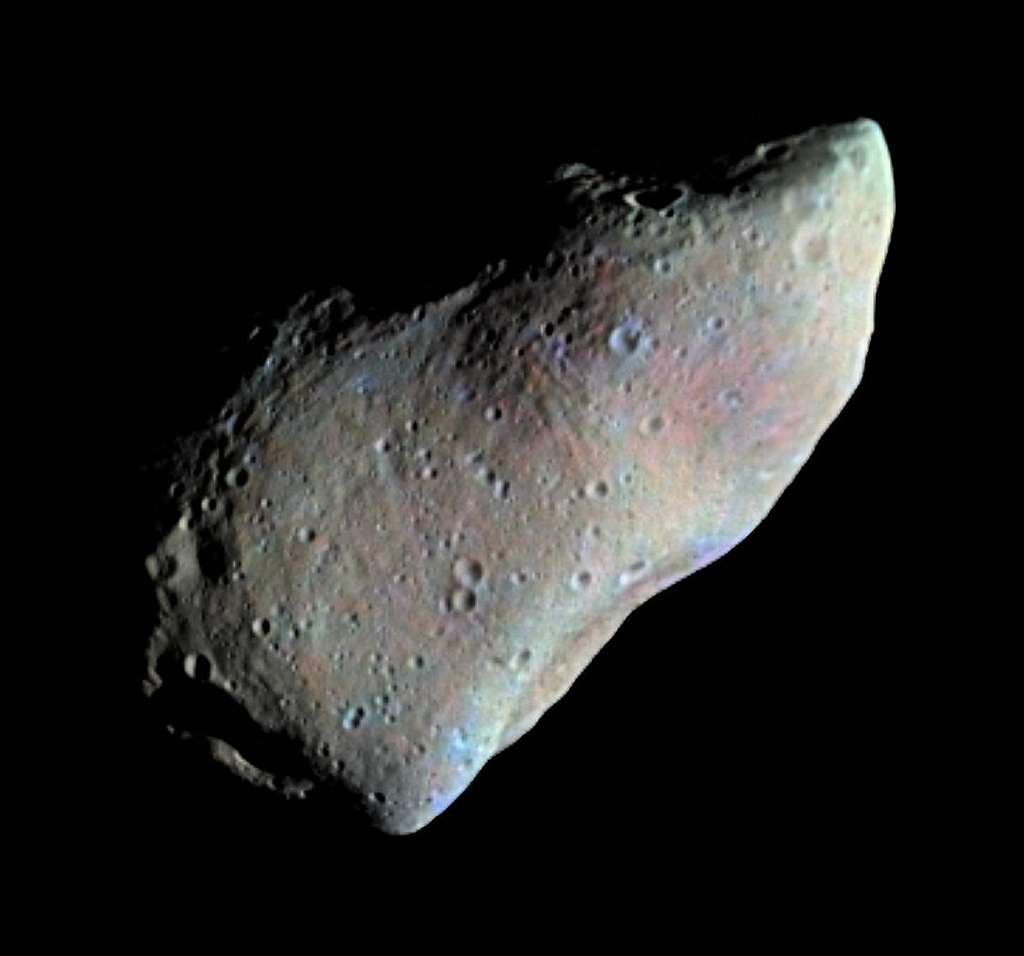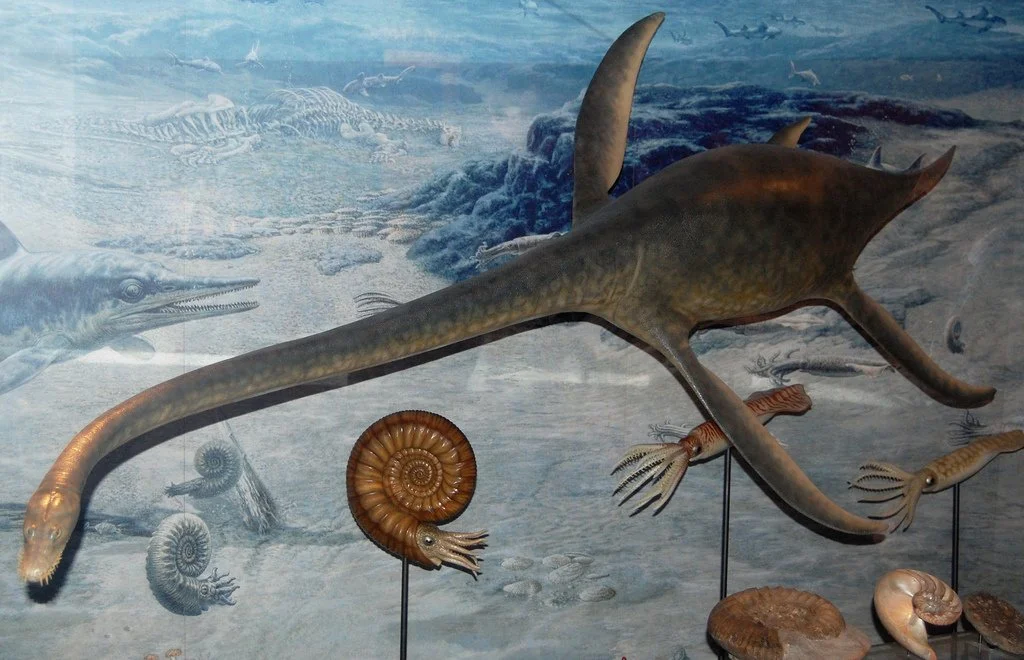Podcast 311 - On a Wing and a Trace
/The gang continues “Wet Hot Archosaur Summer” with a discussion about pterosaur trace fossils. The first paper tests a method for assigning pterosaur traces to potential trace makers, and the second paper is a case study of actually assigning traces to a species. Meanwhile, Amanda herds cats (figuratively and literally), James can only accomplish three things, Curt keeps it light, and everyone upholds their “journalistic integrity”.
Up-Goer Five (Curt Edition):
The friends talk about two papers that look at the marks that animals leave on the ground. These marks are made by animals that fly from a long time ago and are no longer around today. The first paper is asking if we can look at these marks and try to better figure out what kinds of these animals could have made those marks. They do a lot of work to look at the marks and some parts of these animals that we have that are really good in order to see if there are parts of the animal that would also be the same as these marks, and then they use numbers like how long these parts are on the marks and the animal parts are to try and see if we can put the marks into groups of animals. They find that maybe we can, and that there are some places where it might be best to see how well this works.
The second paper is one of those places where we can go see if this thing the first paper did works. They have these marks and there are two different types of marks. This place also has parts from two different groups of these animals, and those animals are in the same beds so they can be pretty sure that the animals were in the same spot as the marks at around the same time. They look at the numbers and how these marks look and they are able to point to each of these marks and say which of the two animals they have would have made those marks.
References:
Smyth, Robert SH, et al. "Identifying pterosaur trackmakers provides critical insights into mid-Mesozoic ground invasion." Current Biology 35.10 (2025): 2337-2353.
Li, Yang, et al. "First deciphering of large pterosaur footprints and their trackmaker in the Junggar Basin, China." Cretaceous Research 167 (2025): 106036.

















